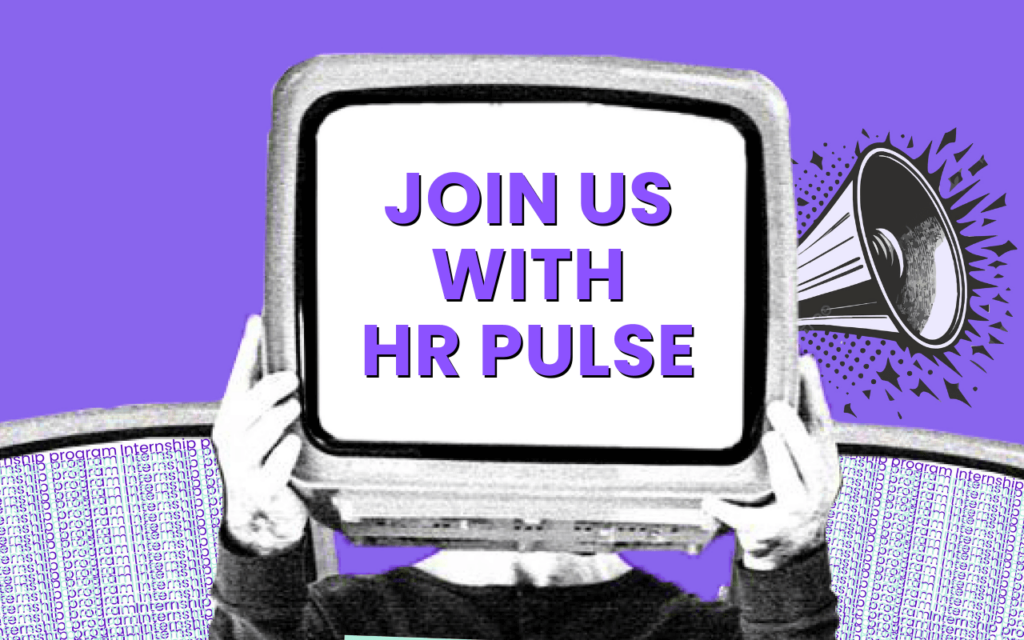Decentralized payroll is a payroll management model in which payroll functions are distributed across multiple departments, offices, or external providers, rather than being processed through one centralized system.
In this structure, each local office or regional payroll provider manages payroll for its specific location or team. While this model offers flexibility and localized control, it can also create challenges related to consistency, compliance, and efficiency, especially for multinational organizations.
How Does Decentralized Payroll Work?
In a decentralized payroll system, payroll responsibilities are broken up and handled locally by individual departments, offices, or third-party vendors. Each team is responsible for collecting employee data, calculating pay, processing tax withholdings, and ensuring compliance with local labor laws and regulations.
Instead of a single payroll platform or centralized team managing payroll globally, decentralized payroll relies on localized systems and processes, often using different software, currencies, or tax frameworks. These individual systems may communicate with one another but operate independently.
Benefits of Decentralized Payroll
Many organizations adopt decentralized payroll due to specific operational or compliance advantages:
- Local expertise and compliance
Local teams or vendors are more familiar with regional labor laws, tax regulations, and reporting standards, reducing compliance risks. - Faster issue resolution
Payroll concerns can be addressed and resolved more quickly at the local level, without waiting for centralized approval or intervention. - Resilience against system failures
If one payroll node fails, it only affects a portion of the workforce, unlike centralized systems, where a single failure could disrupt payroll company-wide. - Preserving existing workflows
Long-established organizations may already have efficient local payroll systems in place, making decentralization more cost-effective than restructuring for centralization.
Challenges of Decentralized Payroll
Despite its advantages, decentralized payroll can come with significant operational challenges, especially for scaling or global teams:
- Lack of scalability
Decentralized systems often struggle to handle diverse workforce types (like contractors or EOR employees), making it hard to scale across countries or business units. - Data security risks
With multiple teams accessing sensitive payroll data, the risk of data breaches, non-compliance, or mismanagement increases significantly. - Inconsistent processes and reporting
Different systems and standards across locations can lead to discrepancies in payroll data, compliance gaps, and difficulty consolidating reports. - Increased manual work and errors
Localized teams may rely on manual calculations and paperwork, increasing the risk of human error and administrative overhead. - Higher operational costs
Maintaining multiple vendors or internal teams, especially across geographies, can become expensive and resource-heavy over time.
Decentralized vs. Centralized Payroll
| Feature | Decentralized Payroll | Centralized Payroll |
| Structure | Local/regional teams or providers | Single, centralized system |
| Compliance | Tailored to local regulations | Standardized, with localized support |
| Efficiency | May vary across locations | Generally consistent across the organization |
| Scalability | Limited to direct employees or locations | Better suited for global growth and remote teams |
| Data Security | Multiple data access points, higher risk | Centralized, more controlled access |
| Cost & Overhead | Higher due to duplicated efforts | Lower in the long run with unified operations |
Is Decentralized Payroll Right for Your Business?
Decentralized payroll may be a good fit for organizations that:
- Operate in highly regulated regions with complex, localized compliance requirements
- Already have robust and trusted local payroll operations
- Need more autonomy at the department or country level
- Prefer working with in-country experts or local service providers
However, for growing businesses or global companies looking for streamlined, automated, and scalable payroll, a centralized or hybrid payroll model, possibly supported by a global payroll provider or Employer of Record (EOR), might be more efficient.









